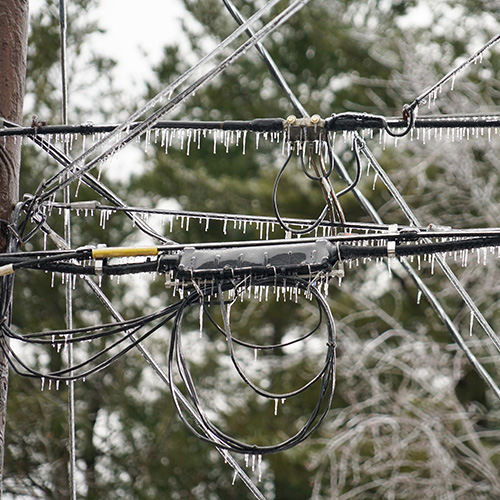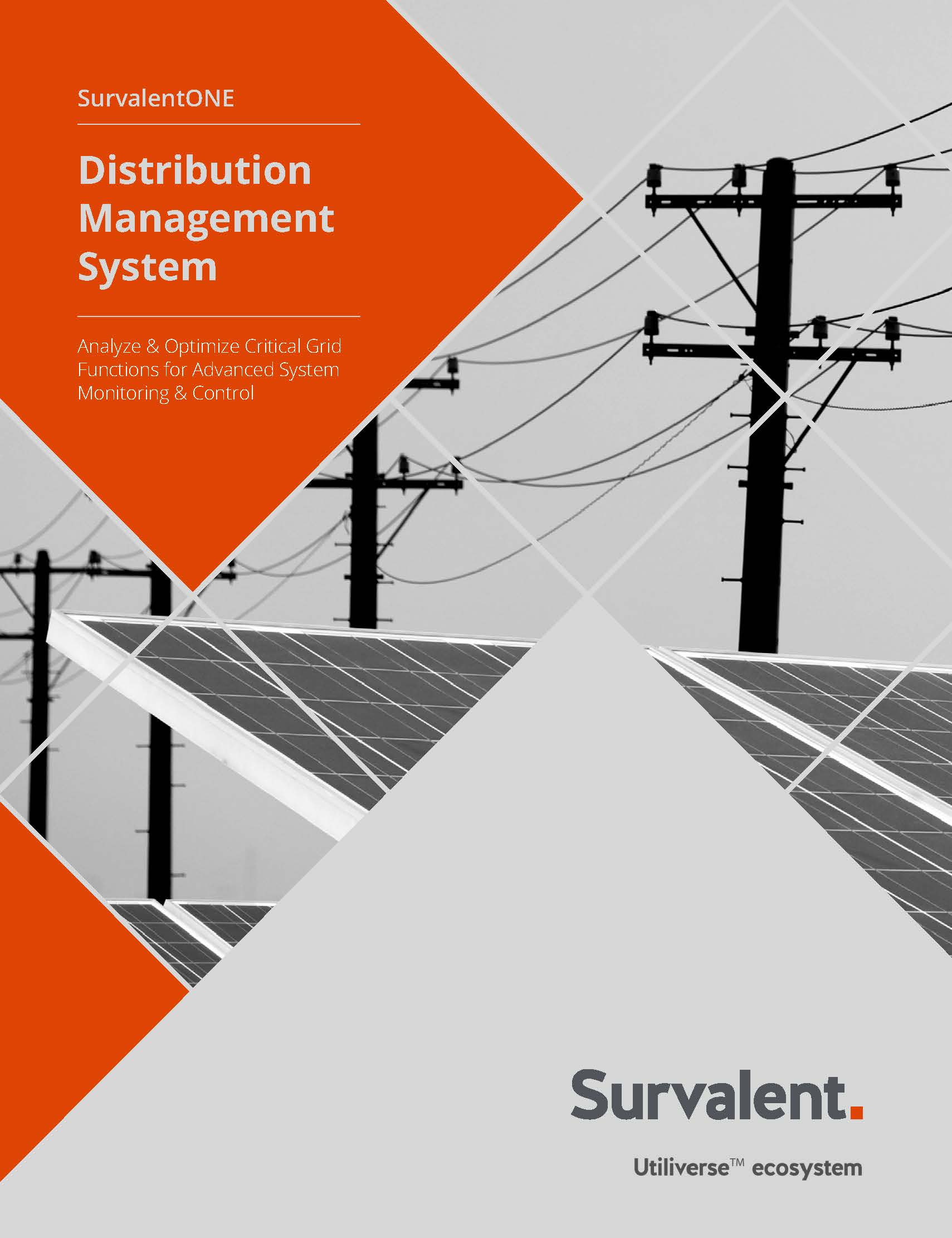
Accurate forecasts of a distribution utility’s power demand are essential for utilities to provide uninterrupted and reliable service to their customers. Varying weather conditions can greatly impact customer demand and it’s critical that utilities leverage historical usage data as well as up-to-date weather forecasts to determine their power needs. With the growing integration of distributed energy resources (DERs), accurate load forecasting becomes even more essential to maintain grid balance and reliability.
Utilities must plan their power usage to ensure the most cost-effective balance between electricity supplied and consumed. Forecasting can also help them schedule maintenance activities to reduce the impact on their customers. As bidirectional energy flows increase, utilities also need better visibility into how DERs will impact net load and system demand.
Manual forecasting is complex and relies on the skills of highly experienced forecasters. If these experienced forecasters with a highly specialized skill set retire or leave employment, utilities need a load forecasting solution that provides an automated alternative. For optimal forecasting, the solution must leverage the utility’s own data for a more accurate estimation of short-term load consumption. It must also account for the variability introduced by DERs.
SurvalentONE Short-Term Load Forecasting allows utilities to plan and trigger load management strategies, and to determine unit commitment schedules. With multiple configurable forecast options available, this application gives the utilities flexibility to plan their load requirements based on daily and weekly data.
SurvalentONE Short-term Load Forecasting helps utilities make more accurate predictions about load consumption by correlating historical loads with weather data such as temperature, relative humidity, wind speed, and cloud cover to predict likely network conditions. This helps ensure that the utilities procure/generate the right amount of power and minimize emergency surcharge costs.
Users can define parameters such as annual load growth, weighting factors for different variables, and equivalent temperature tables for humidity and wind chill in multiple independent load areas, each with its own weather pattern.





